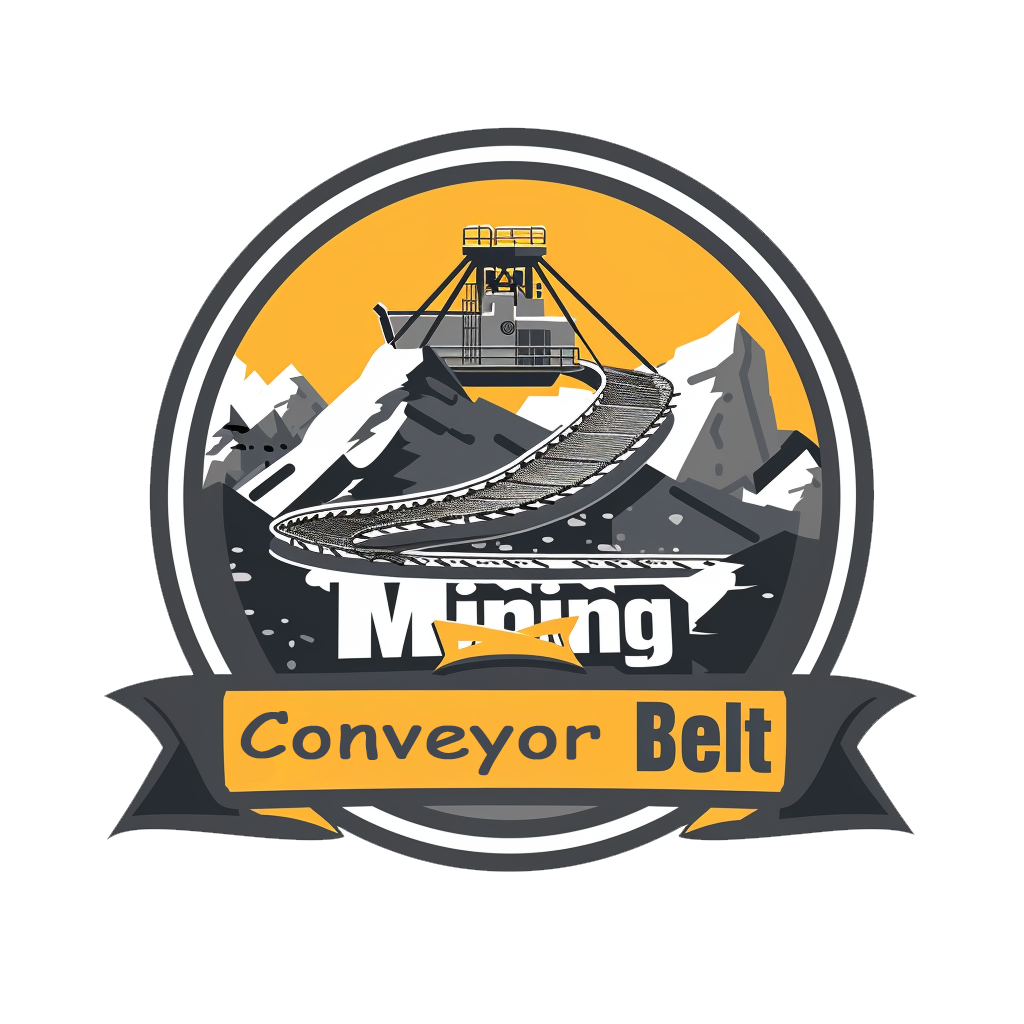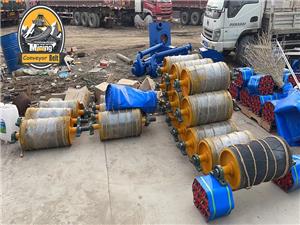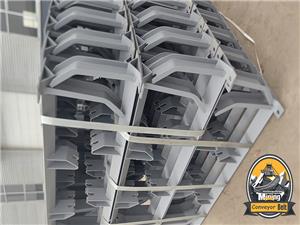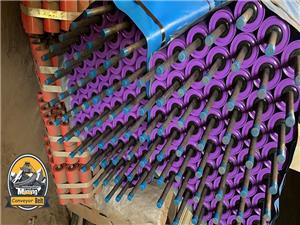Selection suggestions for conveyor belts of different materials
As a key component in the material conveying system, the performance of the conveyor belt directly affects the efficiency and safety of the entire production line. Conveyor belts of different materials have their own unique characteristics and application scenarios. The correct selection of materials is crucial to improving production efficiency, reducing maintenance costs, and ensuring operational safety. This article will discuss in detail the characteristics of several common conveyor belts and their selection suggestions to help companies better choose suitable conveyor belts.
1. PVC conveyor belt
PVC conveyor belt, that is, polyvinyl chloride conveyor belt, is composed of polyester fiber cloth and polyvinyl chloride glue. The belt body has good elasticity, is not easy to deform, runs smoothly, is not easy to deviate, has firm joints, and has good lateral stability. PVC conveyor belts can be used in an environment of -10℃ to 80℃ and are widely used in tobacco, logistics, packaging, printing, food, wood, aquatic products, stone and other industries.
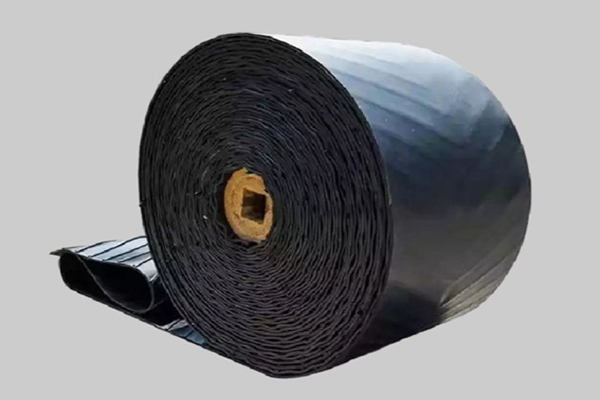
Selection suggestions:
Lightweight materials: PVC conveyor belts are suitable for conveying materials with light weight and relatively flat surfaces, such as packaging products, paper, etc.
Food industry: PVC conveyor belts are non-toxic, hygienic, easy to clean, and meet the US FDA food grade certification. They are suitable for food industries such as grain, biscuits, candies, fruit and vegetable processing, and meat processing.
Environmental adaptability: PVC conveyor belts perform well in environments with moderate temperature, low humidity, and less dust.
2. PU conveyor belts
PU conveyor belts use specially treated high-strength artificial synthetic polyurethane fabrics as the load-bearing skeleton, and the coating layer is made of polyurethane resin. PU conveyor belts not only have the characteristics of high tensile strength, good flexibility, lightness, thinness, and toughness of ordinary conveyor belts, but are also oil-resistant, non-toxic, hygienic, and easy to clean. They meet the US FDA food grade certification and have corrosion resistance, cold resistance, cutting resistance, wear resistance, and physical aging resistance. They are durable conveying products.
Selection recommendations:
Food and medicine: PU conveyor belts are non-toxic and easy to clean. They are suitable for material transportation in the food, medicine and other industries to ensure the hygiene and safety of the products.
Cutting resistance: For materials that need to be conveyed with sharp edges, the cutting resistance of PU conveyor belts can effectively prevent the conveyor belts from being scratched.
Oil-resistant environment: PU conveyor belts are oil-resistant and suitable for use in environments containing grease or lubricants.
3. Rubber conveyor belts
Rubber conveyor belts use EP dipped canvas as the skeleton material, which has high strength, thin belt body, light weight, soft belt body, good elasticity, and also has the characteristics of impact resistance, wear resistance, and corrosion resistance. It runs smoothly during the conveying process and will not deviate. Rubber conveyor belts are suitable for large loads, fast speeds, and medium and long distance material transportation. They are widely used in coal, mines, ports, metallurgy, electricity, chemicals, construction and other fields to transport materials.
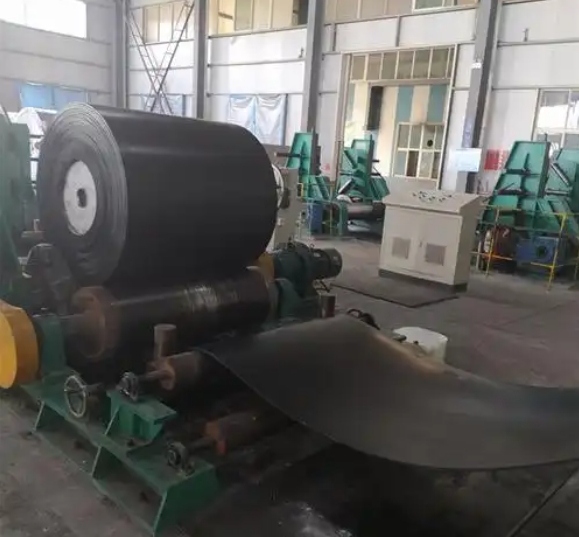
Selection suggestions:
Heavy-loaded materials: Rubber conveyor belts have strong carrying capacity and are suitable for conveying heavy bulk materials such as coal and ore.
Long-distance transportation: Rubber conveyor belts are wear-resistant and suitable for long-distance and high-speed material transportation, such as mines and ports.
Harsh environment: Rubber conveyor belts have good impact resistance and corrosion resistance, and are suitable for use in humid and dusty environments.
4. Nylon conveyor belt Nylon conveyor belt has the characteristics of high strength, light weight and impact resistance. It is suitable for long-distance, high-speed and large-capacity material transportation. It is commonly used in coal, electricity, ports and other industries.
Selection suggestions: Long-distance transportation: Nylon conveyor belt is high-strength and lightweight, suitable for long-distance and high-speed material transportation.
Heavy-loaded materials: Nylon conveyor belt is impact-resistant and suitable for conveying large and heavy materials such as coal, ore, etc.
Wear resistance: Nylon conveyor belt has good wear resistance and long service life. It is suitable for occasions where the conveyor belt needs to be replaced frequently.
5. Polyester conveyor belt Polyester conveyor belt has excellent wear resistance and tensile resistance. It is suitable for medium and short distance and medium speed material transportation. It is widely used in building materials, grain processing and other industries.
Selection suggestions:
Medium and short distance transportation: Polyester conveyor belt is suitable for medium and short distance and medium speed material transportation, such as building materials, grain processing, etc.
Wear resistance: Polyester conveyor belt has excellent wear resistance and is suitable for occasions where frequent friction is required.
Cost-effectiveness: Polyester conveyor belts are moderately priced and cost-effective, suitable for use in occasions with limited budgets.
VI. Special material conveyor belts
1. Silicone conveyor belts
Silicone conveyor belts are made of high-temperature resistant, anti-corrosion, fire-retardant and high-strength glass fiber cloth, which is calendered or impregnated with silicone rubber. They can be used for conveying operations between low temperatures of -70°C and high temperatures of 280°C. They are a high-performance, multi-purpose new composite material product with high adsorption performance, good thermal stability, stable chemical properties, and high mechanical strength.
Selection suggestions:
High temperature environment: Silicone conveyor belts have excellent high temperature resistance and are suitable for use in the transportation of high-temperature materials such as metallurgy, ceramics, and glass.
Chemical stability: Silicone conveyor belts have stable chemical properties and are suitable for use in environments containing corrosive chemical gases.
2. High temperature resistant conveyor belts
High temperature resistant conveyor belts can withstand high temperature environments and are suitable for the transportation of high temperature materials such as metallurgy, ceramics, and glass.
Selection suggestions:
High temperature materials: High temperature resistant conveyor belts are suitable for use in the transportation of high temperature materials such as metallurgy, ceramics, and glass.
Long-term stability: High-temperature resistant conveyor belts can still maintain good performance at high temperatures, ensuring the long-term stability of the conveyor belt.
VII. Principles for selecting conveyor belts
When selecting conveyor belts, in addition to considering the material properties, the following principles should also be followed:
1. Material properties: Factors such as the weight, volume, shape, hardness, surface roughness, and whether the material contains corrosive or sticky substances will directly affect the selection of conveyor belts.
2. Working environment: Environmental conditions including temperature, humidity, dust concentration, chemical gases, etc. will affect the performance of conveyor belts.
3. Production efficiency and cost: High-speed production lines require conveyor belts to have good wear resistance, tensile strength, and low noise characteristics to ensure production continuity and efficiency. At the same time, the service life, maintenance cost, and replacement frequency of the conveyor belt must also be considered.
4. Safety performance: The selection of conveyor belts must comply with national or industry safety standards to ensure that no harm is caused to personnel during use.
